Everything You Need to Know: Corrective Exercise Specialist In Los Angeles
Feb 08, 2024
Have you felt like your fitness regimen could use a boost? Are you seeking extra help to get your body back on track in the most efficient manner possible?
Have you been curious about the role of a corrective exercise specialist, and specifically how one based in Los Angeles might be able to lend invaluable assistance towards achieving desired health goals?
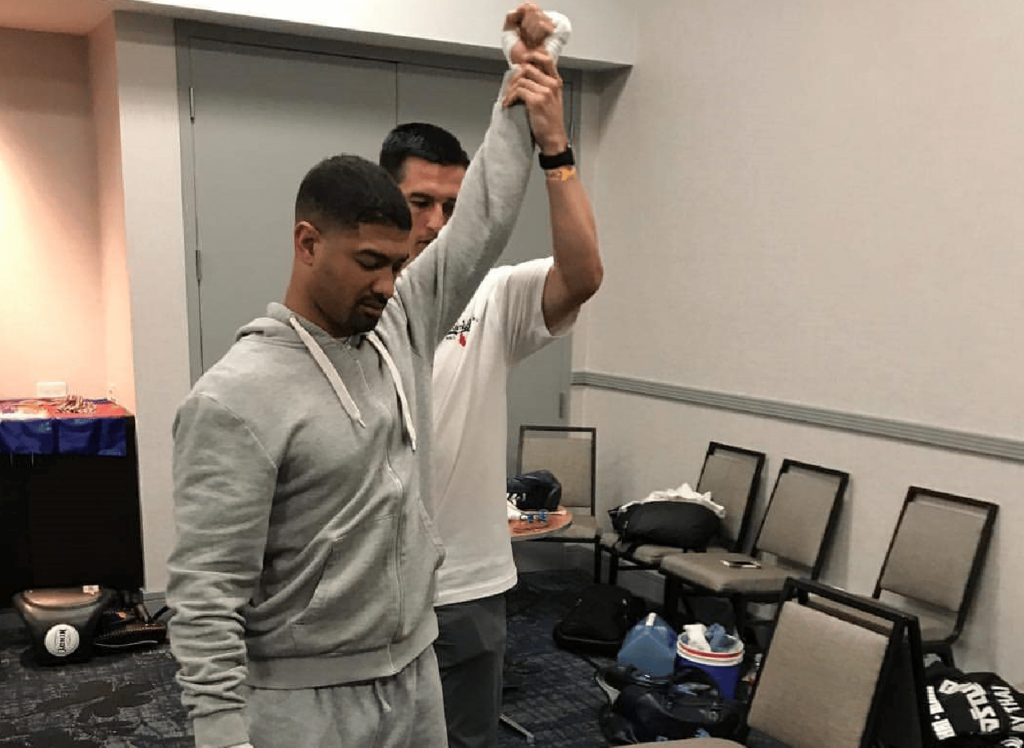
If so, then this blog post is for you! Here, we will provide an inside look into what it takes to become a corrective exercise specialist, what corrective exercise entails, and how this training can benefit individuals.
From special techniques applicable to numerous physical challenges to improving the overall quality of life — brace yourself for an immersive journey as we explore everything there is to know about working with a corrective exercise specialist in LA today.
What are corrective exercises?
Corrective exercises are focused approaches to physical training that promote corrective movements that address muscle imbalances, restore functional movement patterns and advance neuromuscular control.
- The corrective exercise continuum is a process that contains numerous levels of corrective exercises, including muscle activation, building upon one another as progress is made on each level.
- These corrective exercises include active and passive strategies, such as foam rollers, massage sticks, and hand-held vibration tools.
- The end goal of corrective exercise is to restore function, improve mobility and stability, break adhesions in soft tissue, promote muscle activation, and ultimately make performance gains by addressing the underlying issues.
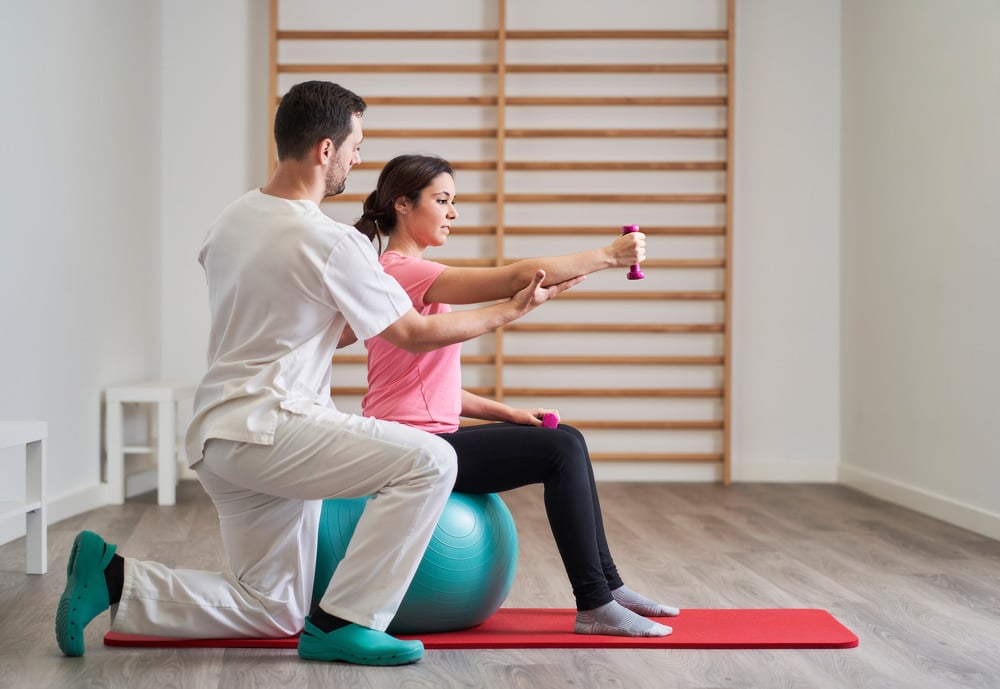
While corrective exercises should typically be done before or during general physical conditioning tracks – using appropriate exercises to challenge muscular strength, endurance and power – corrective measures should always be taken first to ensure optimal performance without further aggravating existing injuries or weak spots around the shoulder joint.
Why are they essential for athletes and non-athletes alike?
Corrective exercises are essential for athletes and non-athletes, as they can help identify chronic pain, prevent physical injuries, improve functional abilities and muscle activation.
- People often focus on stretching and strengthening muscles without considering the overall structure of the body’s musculoskeletal system.
- Through proper corrective exercises, it is possible to identify where a muscle imbalance exists so that any chronic pain associated with those areas can be managed accordingly.
- And for both athletes and non-athletes alike, corrective exercises can allow them to move better and increase their range of motion.
The combination of stretching and strengthening through physical therapy helps alleviate chronic pain while aiding in injury prevention. Corrective strategies are essential for maintaining healthy joints and muscles no matter who you are!
How do you know if you need corrective exercises?
Finding out if corrective exercises are right for you can be tricky, but a few key signs suggest corrective exercise as a solution.
- Firstly, if you notice your glutes or hamstrings become overactive when trying to perform specific exercises like deadlifts or squats, then it is likely that corrective exercise is the way forward.
- Additionally, if you have general joint tightness or just feel stiff before performing any exercise, a corrective exercise program could help.
- Pay attention to these signs and find out how corrective exercises can help strengthen your body and improve your movement by stretching overactive muscles and reducing imbalances between opposing muscle groups through static stretching.
Doing this could be the difference between achieving your ultimate fitness goals.
Common Corrective Exercises To Help Improve Overall Function
Corrective exercises can be prescribed to improve overall function and reduce the risk of future injuries. Individuals can learn specific corrective exercises to help remap their movement patterns by working with corrective exercise specialists.
Examples include integration exercises that integrate stability and mobility, flexibility drills that activate and challenge local and global muscles and corrective drills that reduce poor movement patterns throughout the body.
1. Glute Bridge
The glute bridge is an excellent exercise for strengthening the glutes, hamstrings, and core. To do the glute bridge, lie on your back with your feet flat and your knees bent.
Then, raise your hips off the ground until your thighs and torso are in line with each other. Squeeze your glutes at the top of the movement and hold for two seconds. Return to the starting position and repeat for 10-12 reps.
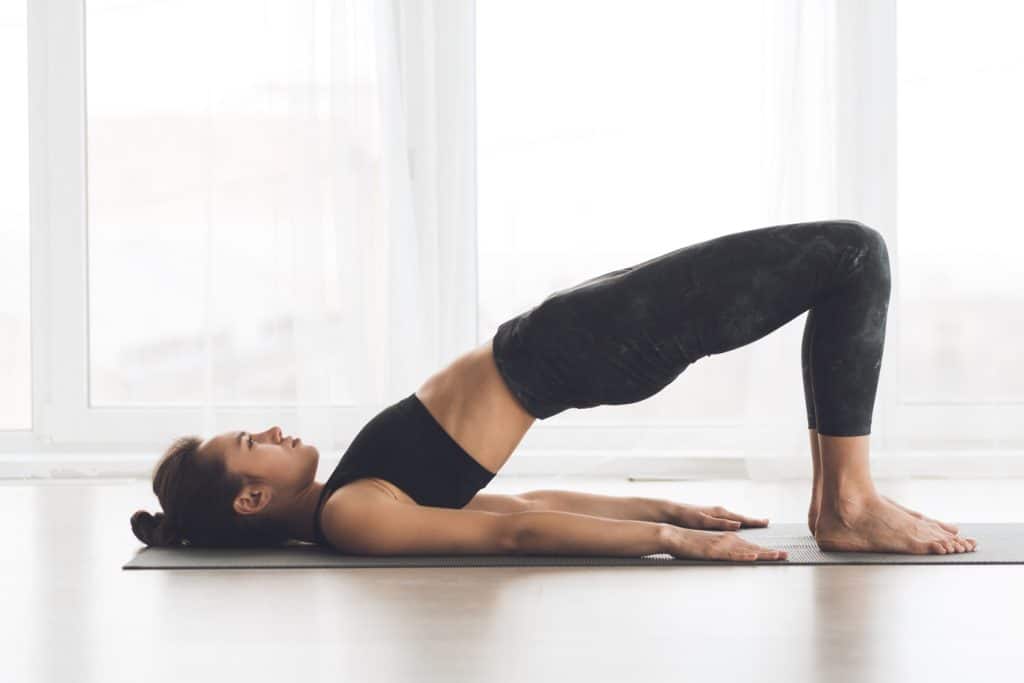
2. Reverse Lunge
The reverse lunge is an excellent exercise for strengthening the quads, hamstrings, and glutes. To make the reverse lunge, stand with your feet shoulder-width apart and take a large step backwards with one leg.
Lower your body until your front thigh is parallel to the ground and your rear knee is close to touching the ground. Return to the starting position and repeat with the other leg. Complete 10-12 reps per leg.
3. Step-Up
The step-up is an excellent exercise for strengthening the quads, hamstrings, glutes, and calves. To do the step-up, stand in front of a bench or box about knee height.
Place one foot on top of the bench or box and press down through that heel to raise yourself up onto it.
Bring your other foot up so that you are standing on top of the bench or box with both feet before stepping down with one foot followed by the other foot back to return to the start position.. Complete 10-12 reps per leg.
4. The Bird Dog
The bird dog is an excellent exercise for improving overall function and core stability. To perform the bird dog, start on all fours with your hands underneath your shoulders and your knees underneath your hips.
Extend your right arm forward and your left leg backwards from this position, keeping your spine in a neutral position. Hold this position for a few seconds before returning to the starting position. Repeat on the other side.
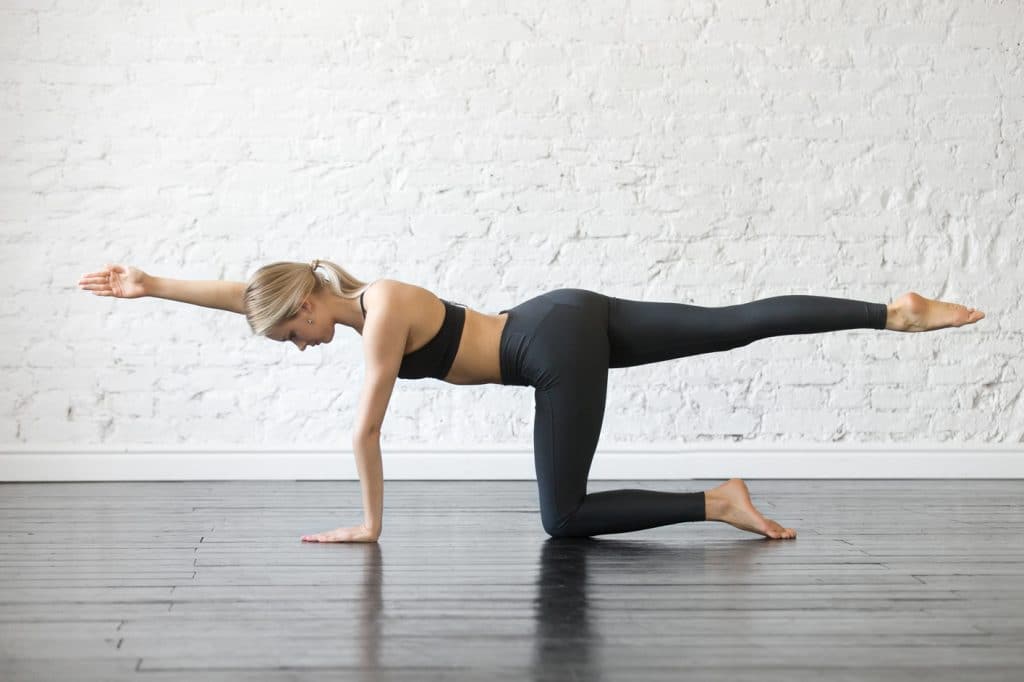
5. The Cat-Cow
The cat-cow is a gentle exercise that helps to improve overall spinal mobility and flexibility. To perform the cat-cow, start on all fours with your hands underneath your shoulders and your knees underneath your hips.
As you inhale, arch your back into a cow pose by dropping your belly towards the ground and lifting your gaze upwards.
As you exhale, round your back into a cat pose by tucking your chin towards your chest and curling your spine toward the ceiling. Continue alternating between these two positions for 10-15 reps.
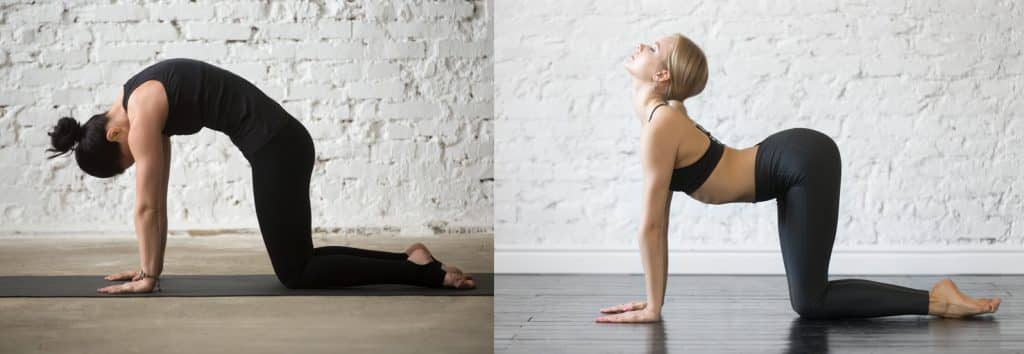
When is the best time to perform corrective exercises?
Every corrective exercise routine should be tailored to the individual, and the best time to perform a corrective exercise depends on that individual.
Some can work corrective exercises into their regular workouts, while others may require a specially designed corrective exercise routine. Fitness professionals, physical therapists, and sports medicine doctors are all great sources for finding guidance in corrective exercises.
Corrective exercises are the key to overall health and wellness, and personal trainers know that the best time to perform them is before or immediately after high-intensity training sessions.
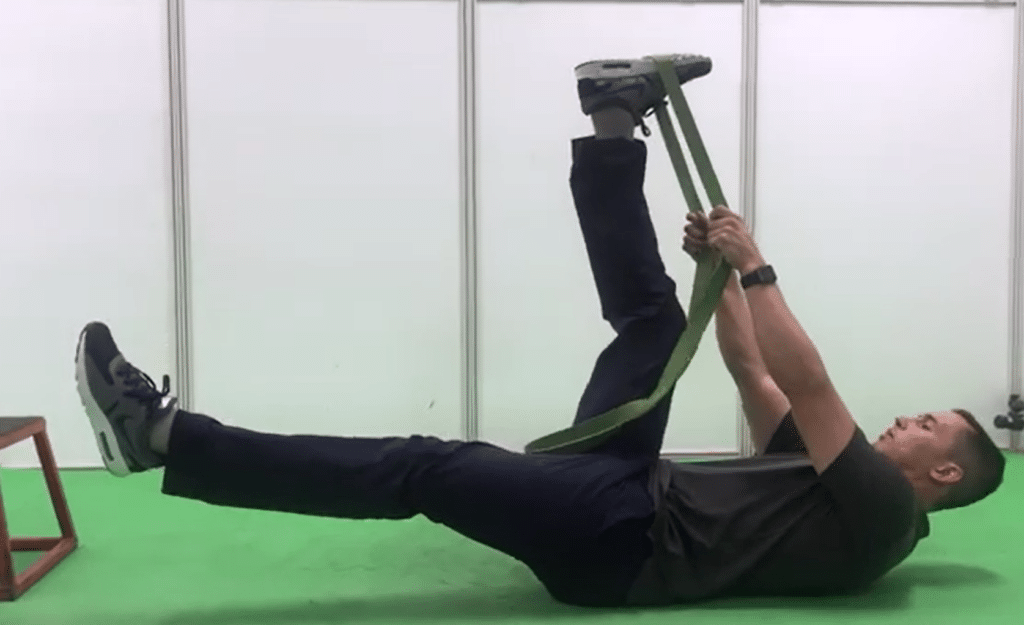
Following heavy lifting or intense workouts, targeted movements can activate underactive muscles that may be prone to injury. This type of functional training also helps with integrated exercise for improved balance, coordination and stability.
How do you integrate corrective exercises into your current routine?
Incorporating corrective exercises into your current routine is a smart way to maximize your performance and reduce the chances of injury.
- These exercises fortify muscle imbalances and corrective postural imbalances to increase efficiency, reduce stress, and improve body movement.
- As part of your regular exercise routine, corrective exercises should be completed with full attention after warming up before any other activities, such as stretching or aerobic exercise.
- Corrective exercises focus on optimizing muscular control for improved strength and stability, which is essential for maximizing force production and reducing the risk of injury.
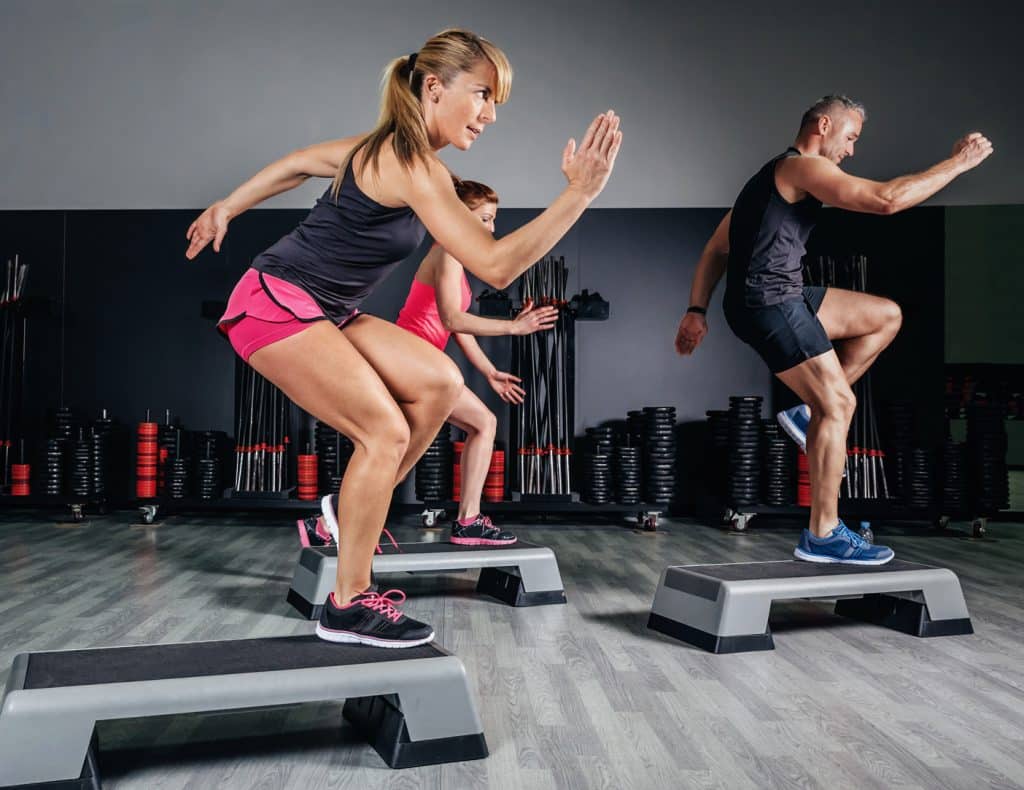
Maintaining correct posture throughout the entire exercise is essential to ensure that the muscles that are meant to be trained receive adequate stimulus.
Are there any risks associated with corrective exercises?
Corrective exercise strategies can be a great way to improve overall function, strength and prevention of injury. However, if not done correctly, they can also put you at risk for more harm than good.
- Performing the wrong exercise or not performing them correctly can lead to overworking specific muscles, which can be counterproductive. It’s essential to correctly screen and assess the correct postural imbalances before beginning corrective exercises to know exactly which ones may be beneficial in your case.
- Additionally, it is essential to pay close attention to proper form and intensity while doing the exercises – going too hard while performing the incorrect muscle group can lead to poor motor control, poor posture and potentially muscle strains or tears.
- Consult with a professional fitness expert before beginning any corrective exercise routine to minimize potential risks and maximize potential benefits.
What is a corrective exercise specialist in Los Angeles, and what do they do?
Field of Work
A corrective exercise specialist in Los Angeles is a highly trained and certified professional specialising in designing and implementing customized exercise programs that correct muscular imbalances and restore optimal function.
A fitness professional uses a variety of techniques to assess and identify muscle imbalances, movement dysfunctions, and posture faults.
The course of Action
Once these issues have been identified, the physical therapist or corrective exercise specialist will design and implement a customized exercise program that includes stretching, strengthening, and stabilization exercises to correct the problem.
A fitness professional works to not only alleviate pain and improve function but also to prevent future injuries from occurring.
Certifications Required
To become a licensed health care professionals, one must complete a rigorous training program that includes academic coursework and hands-on practical experience.
Most corrective exercise specialists hold at least a bachelor’s degree in a field such as kinesiology or an exercise science. However, some may have advanced degrees, such as master’s degrees or doctorates.
What to look for when choosing a corrective exercise specialist Los Angeles?
1. Look for a Specialist Who is Certified
When looking for a corrective exercise specialist in Los Angeles, it is essential to look for someone who is certified.
There are many different certifications that a specialist in the fitness industry can have, but the most important one to look for is the National Strength and Conditioning Association’s Certified Strength and Conditioning Specialist (CSCS) certification.
This certification indicates that the specialist has met the highest standards in the field and has the knowledge and experience necessary to help you achieve your fitness goals.
2. Has Experience Working with Your Specific Goals
When looking for a corrective exercise specialist, finding someone with experience working with your specific goals is essential.
For example, if you want to improve your athletic performance, you will want to find a specialist with experience working with athletes. If you want to lose weight, you will want to find a specialist who has experience working with people trying to lose weight.
3. Uses Science-Based Methods
When looking for a corrective exercise specialist, it is essential to find someone who uses science-based methods.
The best way to determine if a specialist uses science-based methods is to ask them about their training methods and philosophy.
An excellent corrective exercise specialist can explain their methods and how they are based on scientific research.
Questions to ask your potential corrective exercise specialist
When you’re looking for a corrective exercise specialist in Los Angeles to work with, it’s essential to ask the right questions to ensure they match your needs. It’s helpful to find out how long they have been in practice and their qualifications and experience so that you can be sure they have the knowledge and experience necessary to guide you towards healthy outcomes.
You may also want to inquire about their treatment plans and how many sessions they feel will be required for you to get back on track. Ask them what techniques they use, if any equipment is needed, and if there are any promising results typically seen in similar cases. Knowing the cost of services upfront can also help set the investment expectation before committing to continuing with them.
Open communication with your corrective exercise specialist in Los Angeles gives you a better insight into whether or not this partnership feels right before taking the next step forward.
Stay connected with news and updates!
Join our mailing list to receive the latest news and updates from our team.
Don't worry, your information will not be shared.
We hate SPAM. We will never sell your information, for any reason.

